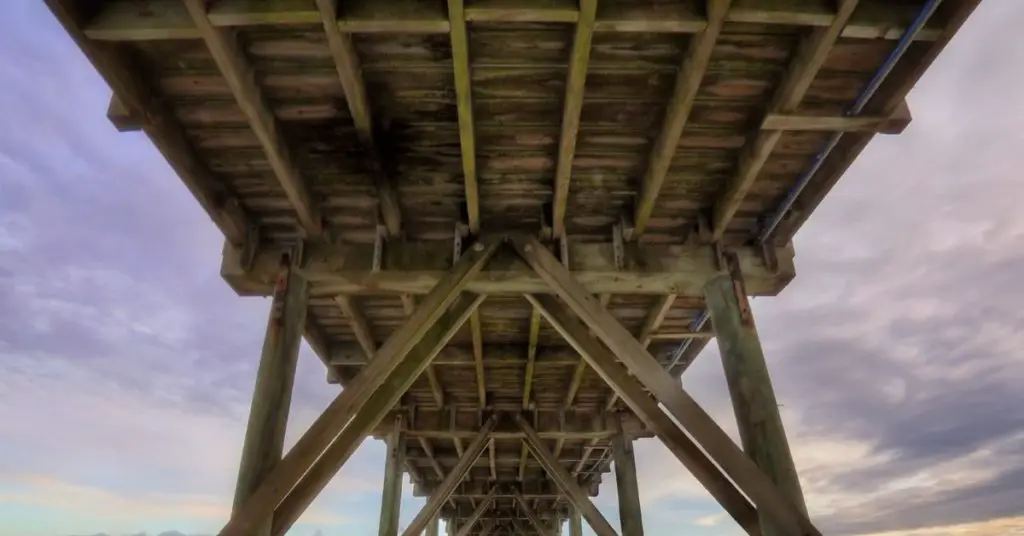What Is Mobile Home Underbelly?
Table of Contents
Underbelly, is also known as belly board, belly wrap, or bottom board.
The bottom board covers the the floor joists that would otherwise be exposed beneath the sub floor.
What is Mobile Home Underbelly Made From?
Under belly is usually made from a breathable vinyl fabric or a thin reinforced paper. I have seen a number of different materials used including Tyvek wrap and thermo board sheathing.
The underbelly should be made from a material that allow the air to circulate in the subfloor space. Moisture and mold are the enemies of mobile homes in particular.
Why Do I Need Underbelly?
Mobile homes leave the factory with the bottom side of the home completely sealed.
The underbelly serves several puroses:
- Protection during transport from the factory or dealer.
- Holding up the floor insulation.
- Covering electrical wires and plumbing pipes.
- Prevents easy access for animals and pests.
- Allows the sub floor to breath.
Why Keep Your Underbelly In Good Condition?
Once the underbelly on a mobile home gets ripped or starts to deteriorate the insulation can fall out of the floor causing increased heting and cooling costs.
Rats and cockroaches are always looking for easy access to your living area.
The underside of the home becomes very messy and difficult for repairmen to get safe clean access.
Although the underbelly is permeable it does prevent damp air from getting to the subfloor area.
How to Repair a Mobile Home Belly Board?
There are three main ways to repair the underbelly:
- Taping up small holes with underbelly tape.
- Using spay adhesive to cover holes with repair material.
- Complete removal and re application of large sections between floor joists.
How Much Does An underbelly Repair Cost?
Repairing underbelly is the least favorite job with my work crew. Laying in the dirt with fiberglass insulation everywhere does not make for an enjoyable day.
The underbelly wrap is around $1.20 per square foot.
Insulation is around $1.00 per square foot.
Half a days labor on a small job would be $100 or $25 per hour.
For example a 12′ x 2′ repair would be 28.80 + 24.00 + $50 (2 hours) = $102.80
Is Underbelly Repair a DIY Job?
Yes the repairs can be done by the home owner or a handyman. The home owner will save money on the labor costs.
The materials are readily available from mobile home supply chains.

